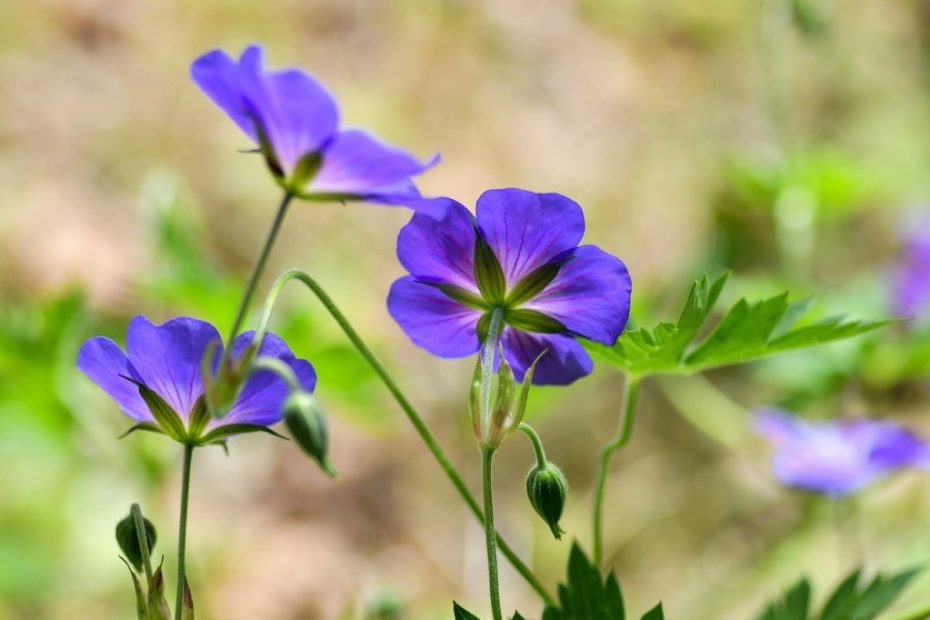You may ask yourself, where can I get all of these great seeds? There are many many options for that. You can buy them, trade for them, get them from friends or family, or save your own! There are many businesses that specialize in providing gardeners with high quality and tested seeds. Many of these are available though mail order or on the internet. Also, check with local garden centers in your area. They usually have a wide assortment stocked on their shelves that you can choose from. Next, you can check with any local gardeners and see if they would sell or even give you some. Often times they may save their own and have an abundant supply. A great place for some networking would be at local farmers markets or gardening centers. If you end up buying to many you can save them for a year or two. In most instances the germination rate will decrease as the seeds age. Store them in a cool dry place and keep rodents and pests out of them. If you do plant old seeds plant them at a thicker population than you normally would to ensure an adequate germination rate. Remember you can always thin them down later on.
Tips on Buying Seeds
- Always make sure your seeds come from a reputable company
- Check the year on the package to see when they were produced. Old seeds can have a lower germination rate.
- Look at the germination rate on the package. It is often in a percentage. This means that they guarantee that a certain percent of the seeds will germinate for you
Saving Your Own Seeds
- If you want to save money every year you can save your own seeds. This is very easy to do, but a few things need to be taken into consideration.
- Make sure the plant is either and heirloom variety, or is open pollinated. This ensures that you will end up with the same plant you started with. If you save the seeds out of a hybrid plant, the result will be an inferior variety derived from one of the parents.
- Keep similar plants in close proximity to each other. By doing this you can make sure that they plants didn’t cross pollinate during the year. If they did you may end up with some unusual cross. However, this may not always be a bad thing.
- Always label and keep track of your plants and what they are. Labeling will prevent you getting mixed up when planting your garden the next year.
- To save your own seeds make sure the plant has reached physiological maturity. By then the plant will have finished putting all its energy into producing the seed. A good rule of thumb is to wait until after the first killing frost.
- For fruiting plants you will need to cut the fruit open and separate the seeds from the pulp. Once the seeds are separated they can be cleaned and placed on a plate, tray, or paper towel to dry.
- For flowers the seeds are located under the flower petals in the ovary. To save the seeds, harvest these ovaries and dry them. The seeds can then be separated and stored.
- Once the seeds are dry it is time to store them. Always store them in a breathable container. Glass or plastic containers can cause the seeds to rot or mold due to excess moisture. A paper envelope is a great choice for storing seeds in. Label the envelope accordingly and store in a cool dry place during the winter.
- Every flower and fruit is a little different. Be creative, and use common sense when determining when to harvest seeds. Think of it as if the plant was in a natural setting and reproducing naturally.
- Biennials plants need to be treated differently. There are a number of flowers and vegetables that fall under this category. This means that it takes two full growing seasons in order for these to reach maturity and produce a seed. Some examples would be beets and hollyhocks.
